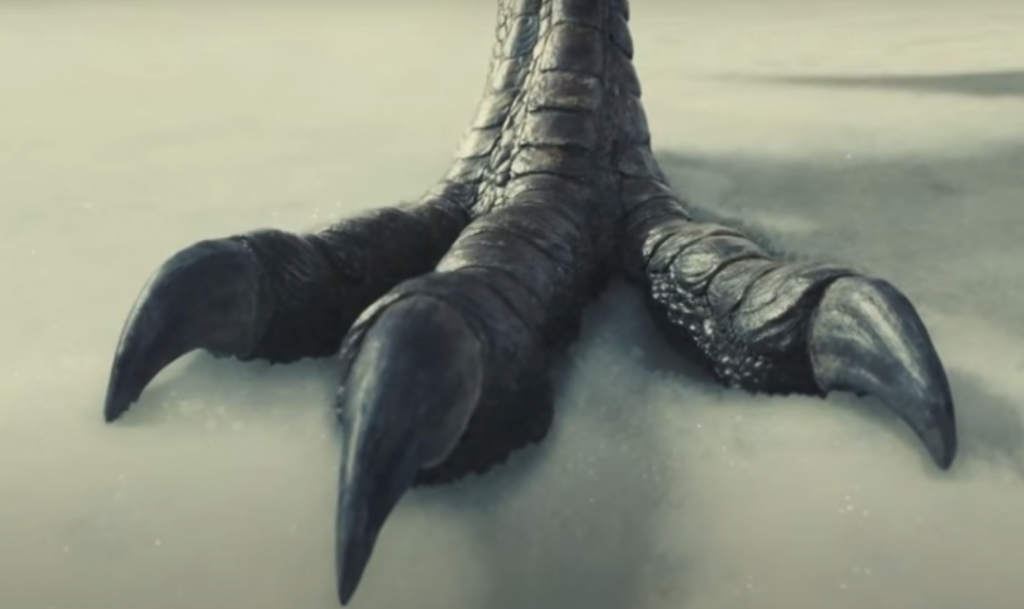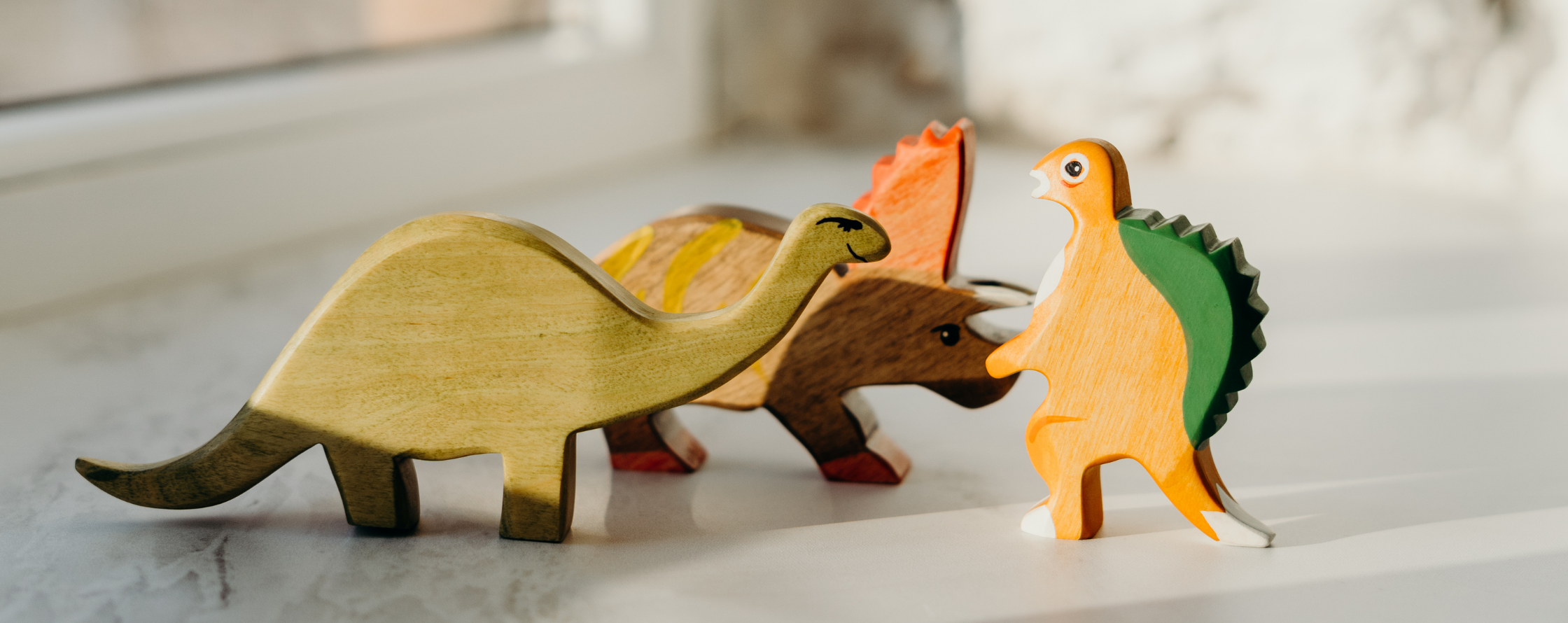Finally, after months of not really writing blog-related content, I leaf through the pile of articles from Science Magazine I had ripped out to find inspiration. On the very top of the pile, I find a short piece on the recently (I’m talking March 2020) discovered fossil of Oculudentavis khaungraae – the tiniest dinosaur. Or is it?
Is it is a bird? Is it a lizard?
While doing research, I quickly discover that the original paper was redacted in July – that’s what I get for getting behind on blogging I guess.
In short, the paper published in March describes the discovery of a tiny head (7 mm long) embedded in amber, which was categorised as a bird-like dinosaur making it the tiniest dinosaur ever found. This creature would probably have been about the size of the smallest living bird, the bee hummingbird. The researchers noted that the creature had large eye sockets (Oculudentavis means “eye-tooth bird” so they would have been big on eyes, and toothy), like modern lizards.
Finding the tiniest dinosaur would have been pretty cool. But in June the paper was taken down – apparently, new evidence had come to light showing that the fossil might have not been a dinosaur, and therefore not some type of prehistoric bird, but an unusual lizard.
Wait, were dinosaurs not giant lizards?

“Dinosaur” (Greek deinos ‘terrible’ + sauros ‘lizard’)
Despite the etymology of the word dinosaur (“terrible lizard”), dinosaurs are actually more related to birds than they are to modern-day lizards. While the word “dinosaur” does get used as an umbrella term to describe prehistoric reptile-like creatures and depicted as such in children’s books and blockbuster movies, dinosaurs, including the feathered type that survived the mass extinction of 65 million BCE and eventually evolved into what we now know as birds, and reptiles are different things.
Dinosaurs (including birds) do have a common ancestor with reptiles: crocodiles, lizards, snakes, and such: this common ancestor is the archosaur. Crocodiles and other reptiles branched off in the evolutionary tree.
If you find an ancient prehistoric reptile-like fossil, you can tell whether you are looking at a dinosaur or a prehistoric reptile by looking at the hips – for as the ancient saying goes, hips don’t lie. Reptiles have a sprawling stance: their legs connect to the hips on the sides. Dinosaurs however have an upright stance: their legs connect to their hips straight under the body, just like birds – which makes sense because birds are dinosaurs!
I should add that the exact classification of dinosaurs and its subgroups are not entirely agreed on. So if you are a bit confused, you’re not alone. And if you, like all of the Jurassic Park/World franchise, want to call awesome, terrible, sometimes gigantic, extinct, reptile-like creatures by the name Dinosaur, I won’t stop you.

The teeniest dinosaur, but not really
For the fossil found in amber, however, the new fossil data (not yet published) apparently proves that it is not the teeniest dinosaur. Instead, it should be classified as a lizard, albeit an unusual one.
I could end there, but I want to mention one more controversy that I found while looking into this tiny dinosaur debacle, which brings up some of the ethics of fossil mining. These fossils were found in amber mines in Myanmar, mines that are situated in a military conflict zone and riddled with landmines. In addition, these amber mines mostly consist of long tunnels that are dangerous for the miners to work in, and many of the miners work under horrific and exploitatory conditions. You can read more about these ethical concerns here: http://markwitton-com.blogspot.com/2020/03/the-ugly-truth-behind-oculudentavis.html.
Sources:
Inspiration for this piece in Science: https://www.sciencemag.org/news/2020/03/head-tiny-dinosaur-found-trapped-amber
Press release from Nature about the redaction: https://www.nature.com/articles/d41586-020-02214-7
More about dinosaurs vs. birds vs. lizards: https://www.smithsonianmag.com/science-nature/ask-smithsonian-what-is-dinosaur-180967448/
Information on the ethics of amber fossils: http://markwitton-com.blogspot.com/2020/03/the-ugly-truth-behind-oculudentavis.html
I’ve been gone, but that does not mean I haven’t been writing! I’ve been testing out some more comedic writing styles, which you can find published (!) on DNAtured (for science-related topics) and The Foreigner Blog (for non-related topics). You can read the here:
- Grad Student Becomes Lab’s Go-To Graphic Designer After Making Half-Decent Image In Powerpoint
- Grad Student Desperate For Feedback Thrilled To Receive “K.” From Supervisor After Just 3 Months
- Whoops! This Research Chemist Forgot To Add “But Not For Drugs” At The End Of Their Google Search And Now They’re On A Watch List
- An Immigrant’s Guide to Making Friends in the US
- What People Are Really Asking When They Ask “Where Are You From?” (And How to Answer)


